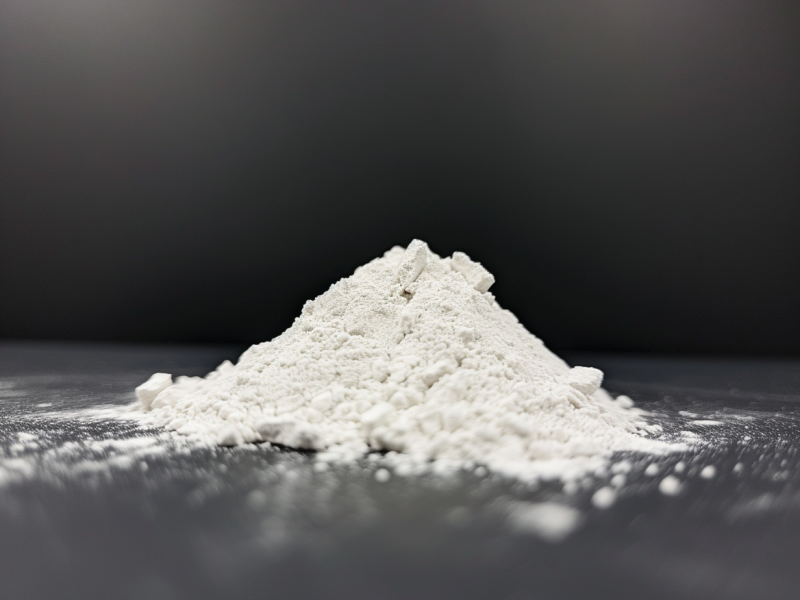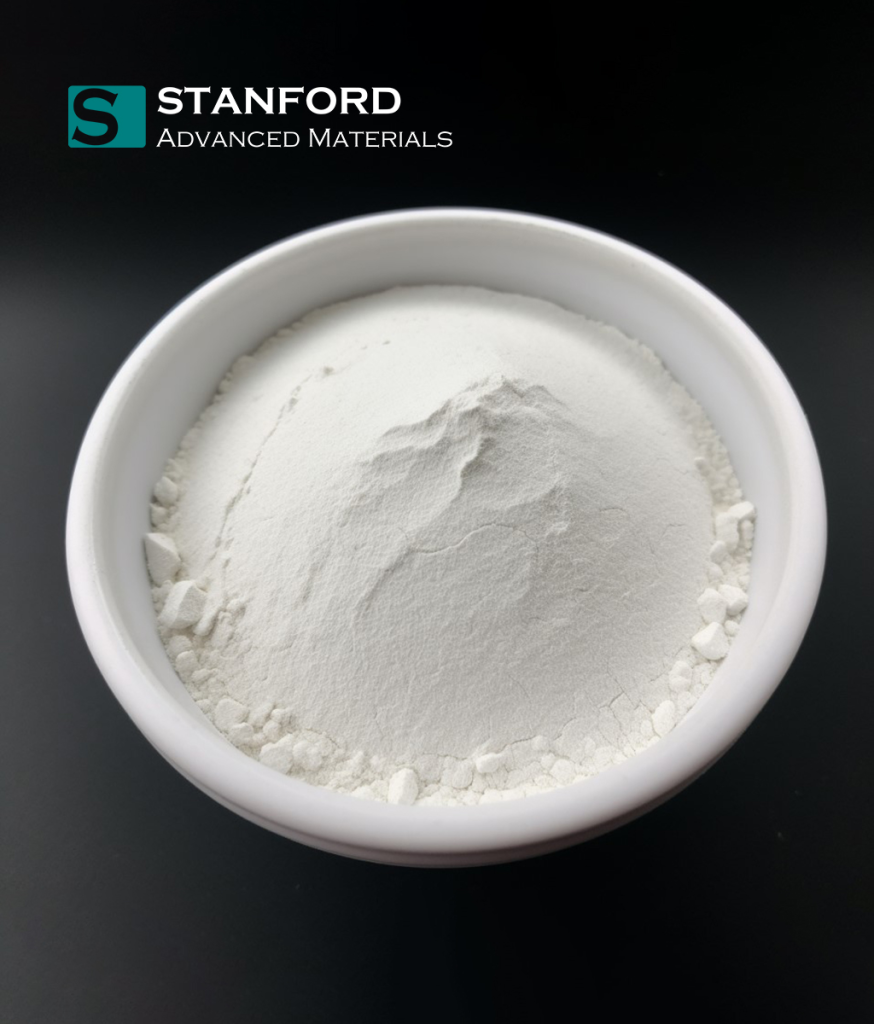
Introduction
Scandium(III) triflate emerges as a linchpin in the domain of catalysis, offering unmatched Lewis acidity and solubility in various organic solvents. This article elucidates the pivotal aspects of selecting the optimal scandium(III) triflate powder for specialized projects, accentuating its applications in organic synthesis and beyond. Navigating through considerations such as purity, particle morphology, and handling precautions, we aim to equip researchers and engineers with the knowledge to make informed decisions tailored to their unique project requirements.
Understanding Scandium(III) Triflate
At its core, scandium(III) triflate is celebrated for its robust Lewis acidity, facilitating a spectrum of catalytic activities in organic synthesis. The compound’s compatibility with numerous solvent systems underscores its versatility, broadening its utility across a swath of chemical reactions. Its role is instrumental in enhancing reaction efficiencies, offering a gateway to innovative synthetic pathways and novel compounds.
Read more: Scandium Triflate: A Versatile Catalyst with Promising Applications
Factors to Consider
Purity and Quality
The purity of scandium(III) triflate critically influences its effectiveness as a catalyst. Trace impurities can adversely affect reaction mechanisms, underscoring the necessity for high-grade materials. Techniques such as inductively coupled plasma mass spectrometry (ICP-MS) are pivotal in assessing purity levels, ensuring the material’s suitability for sensitive applications.
Reactivity and Stability
While its high reactivity paves the way for efficient catalysis, managing this attribute is crucial to prevent uncontrolled reactions or decomposition. Stability under varied conditions is paramount, requiring a nuanced understanding of how environmental factors, such as moisture and temperature, may impact the compound’s integrity.
Solubility
The solubility of scandium(III) triflate in organic solvents expands its application range, enabling its integration into diverse reaction environments. Matching this property with the solvent system in use can optimize reaction conditions, enhancing solubility and ensuring uniform reaction kinetics.
Particle Size and Morphology
The physical characteristics of scandium(III) triflate, including particle size and morphology, significantly affect its catalytic performance. Smaller particles, due to their increased surface area, offer heightened reactivity, while specific morphologies may influence the compound’s dispersion and solubility properties.
Handling and Storage
Proper handling and storage of Scandium(III) Triflate are crucial to preserving its chemical integrity and ensuring safety in the laboratory. This compound, known for its significant role in catalysis and organic synthesis, demands careful attention to prevent degradation and maintain its reactivity over time.

Handling: When working with Scandium(III) Triflate, it’s imperative to wear appropriate personal protective equipment (PPE), including gloves and goggles, to protect against potential contact. Given its reactivity and the possibility of moisture sensitivity, operations involving this compound should ideally be conducted in a dry, inert atmosphere to prevent hydrolysis or other undesired reactions.
Storage: Stability is a key concern for Scandium(III) Triflate. It should be stored in tightly sealed containers to minimize exposure to air and moisture. A cool, dry, and well-ventilated area is recommended for storage, away from direct sunlight and heat sources, which could accelerate decomposition. For long-term storage, conditions such as reduced temperature and inert atmosphere (e.g., argon or nitrogen) can further extend its shelf life.
By adhering to these guidelines, researchers and practitioners can ensure that Scandium(III) Triflate remains effective for their synthesis needs, maintaining the high standards required for catalytic and organic synthesis applications.
Supplier Selection
When selecting a supplier for Scandium(III) Triflate, it’s essential to consider the reputation and reliability of the company. Stanford Materials Corporation (SMC) is a notable example of a reputable supplier, known for its commitment to high-quality materials and excellent customer support. They provide comprehensive documentation for their products, including certifications and safety data sheets, which are crucial for ensuring the material meets your project’s specific needs. Their expertise and support can be invaluable in selecting the right grade of Scandium(III) Triflate for your application.
Cost-Benefit Analysis
In the cost-benefit analysis for selecting Scandium(III) Triflate, consider both the immediate financial impact and long-term value. High-quality materials may command a premium but can lead to enhanced efficiency and outcomes, potentially reducing overall project costs. Balancing upfront costs against benefits like improved reactivity, reliability, and fewer required reiterations of experiments is key. Investing in superior Scandium(III) Triflate could result in significant savings over time, underscoring the importance of evaluating both price and performance in decision-making.
Regulatory and Safety Compliance
Adhering to regulatory and safety standards is essential when handling Scandium(III) Triflate, given its chemical nature. Compliance with guidelines from organizations like OSHA in the U.S. and ECHA in Europe ensures the safety of those handling the chemicals and the environment. It’s vital to follow proper safety protocols, including the use of personal protective equipment and adherence to storage recommendations, to mitigate risks.
Conclusion
In conclusion, the selection of Scandium(III) Triflate for projects involves a careful assessment of various factors, including purity, supplier credibility, cost-effectiveness, and regulatory compliance. Making an informed decision facilitates the success of scientific endeavors and supports safety and environmental stewardship.

Some truly interesting details you have written.Aided me a lot, just what I was searching for : D.